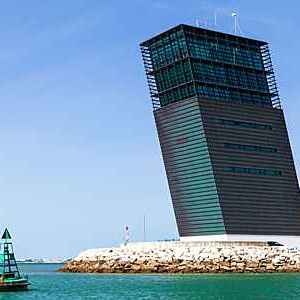Shaping shipping
As technology advances and industry dynamics evolve, more and more maritime businesses are focusing their time, energy and resources on digitalization. Technological advances are expected to make shipping – and the whole supply chain – much more efficient for the more than 11 billion tonnes of goods that are traded annually by sea across the globe. This move will have numerous benefits for trading, safety, security and the environment, with ISO standards playing a key role in this process.

